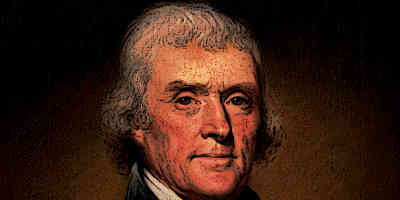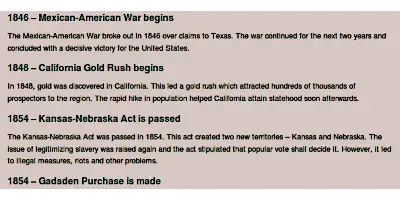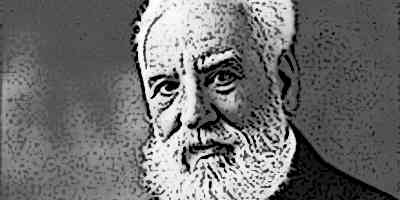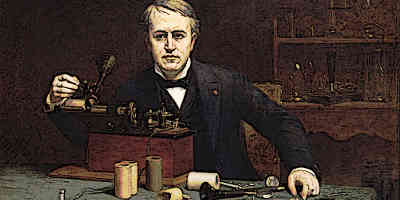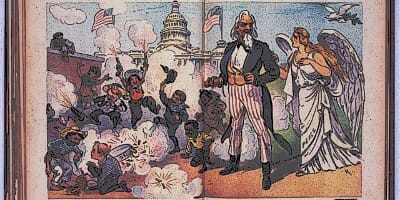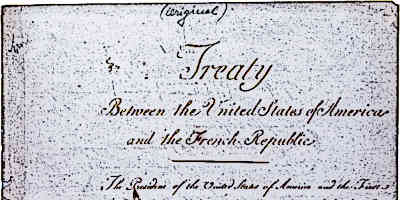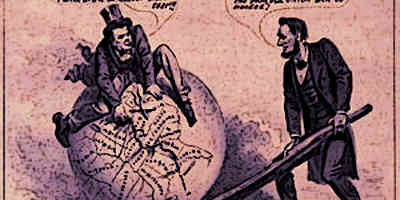19th Century Presidents
A total of 23 individuals served as the President of the United States during the 19th century.
19th Century Timeline
19th century America was the period which truly shaped America and prepared it to become a global Superpower
19th Century Wars
A large number of important wars and battles took place during the 19th century such as the American Civil War
American Inventions
During the 19th Century Inventions such as the telephone and the telegraph ushered in a new era of prosperity
Famous American People of the 19 the Century
American iconic leaders, military generals, presidents and inventors in the 19th century
Famous Events
19th century is an important period in American history. During this period, a number of Famous events took place
Legislation – Acts & Treaties
important legislation was passed that shaped political and social orientation of USA.
Reconstruction Era
Reconstruction Era 1865 - After the Civil War, most of the South was occupied by Federal Soldiers
Westward Expansion
The Louisiana Purchase of 1803 doubled the size of USA - Millions of American migrated towards the west.
19th Century American History
Westward Expansion
In 1803, the Louisiana Purchase was made. This immediately doubled the size of United States.
The vast new lands towards the west promised new opportunities for American People. Millions of American settlers started migrating towards the west.

The new lands in the west also attracted a large number of immigrants from around the world.
Settlers secured lands, established farms and started new lives in the west. This led to the birth of the American West with its towns, sheriffs, frontier lines and law enforcement troubles.
The westward expansion was further facilitated by the passage of the Homesteader Act in 1862. This Act offered 160 acres of land to anyone willing to settle this land within 5 years.
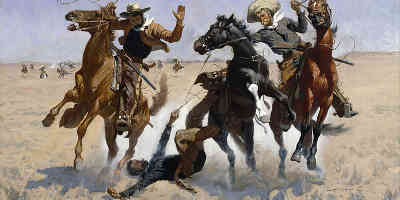
American West in the 19th Century
American west was a land of promise, opportunity and risk in the 19th century. Millions of people poured into the west from 1801 to 1900.
They established many new cities and towns. Some of these went on to become major centers while others were eventually abandoned and became ghost cities and towns.
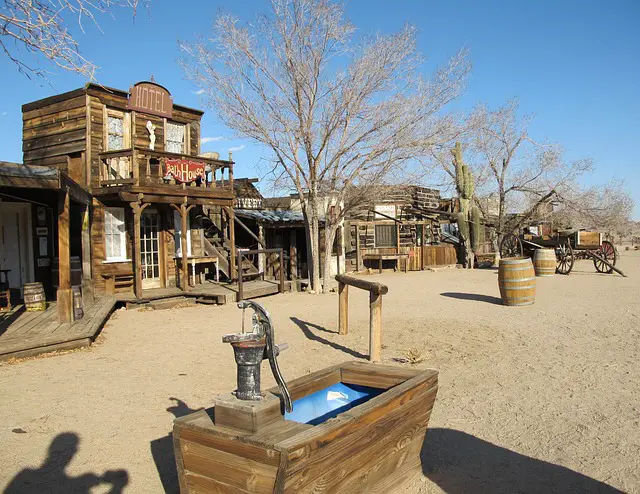
Cattle ranching was a popular economic activity in the west. Huge cattle ranches with hundreds of cattle were established and overseen by cowboys. Wooden cabins were the signature home for most of the settlers, at least initially.

Industrial Development in 19th Century America
When America was born, it inherited much of the technological legacy of Great Britain.
The Founding Fathers of the country also included pioneer scientists and inventors like Benjamin Franklin. This legacy led to the invention of many new technologies and products in the 19th century.

Significant inventions during this time period included the steel plow, mechanical reaper, chuck wagon, barbed wire and self-propelling windmills. Iron and steel production rapidly increased in America during the 19th century. By the end of the century, America was the leading industrial nation of the world.

Railroads in 19th Century
Stagecoaches were the most prevalent form of transport in the early 19th century America. Important and more urgent mail was usually carried on horseback. This began to change when the railroad network started to be laid.
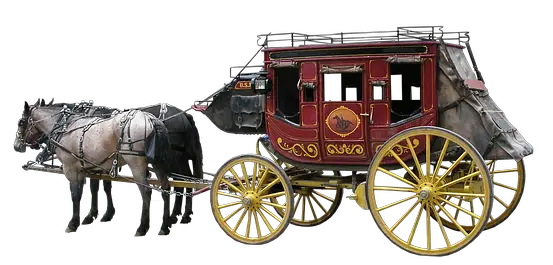
The transcontinental railroad connected the East with the West. It didn’t see a lot of progress in the first half of the 19th century – only about 9,000 miles of railroad were laid by 1850.
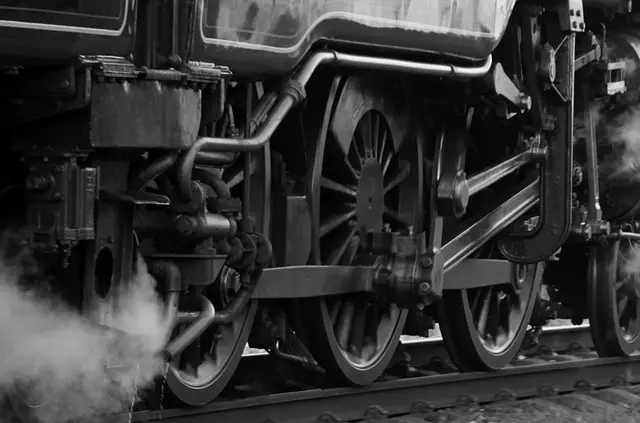
During the second half of the century, the railroads rapidly developed. By the turn of the century, nearly 190,000 miles of railroad network had been laid. This made transport easier, faster and more affordable for American citizens.
Growth of American Cities
Cities became the hallmark of American lifestyle during the 19th century. Many new cities became established and populated during this time period.
Not only that, significant improvements took place in the quality of life offered in these cities.
In the first half of the century, the cities were somewhat overpopulated and unhealthy. With time, amenities like gas and water supplies were introduced. Parks were established, streetcars started transporting passengers and the outlook of the cities greatly improved.

Rural Life in 19th Century America
The establishment of farms and homesteads in the American West gave birth to a new kind of rural life.
The farmers and homesteaders who championed this life were fiercely self-sufficient. They chopped their own woods, built their own cabins, sowed their crops and relied heavily on their own resources for every need.
They became the icons of American self-sufficiency. In this, they were helped by advancements such as new machines for farming. Nevertheless, personal toil was an important trait in 19th century American life.
City Life in 19th Century America
In the 19th century, American cities and towns began to spring up and expand. During the later part of the century, this expansion became very rapid.
Industrial development attracted large numbers of people to the cities. During this period, mass transit methods within cities were established such as cable cars and elevated railways.
Skyscrapers became increasingly common in American cities. Suburban and immigrant communities became a permanent part of city life.
City life was noisy, crowded and hard with most people living in rented spaces. But it was also a multi-ethnic and multicultural experience which laid the foundation for the modern American city life
Slavery in 19th Century America
Slavery was a contested issue in USA right from the start. The Northern states were more liberal in their views and opposed slavery from the beginning. The southern states relied heavily on slaves for their plantation-based economy, and so they strongly supported slavery.

Every time a new state was added, both sides wrangled over whether it would be pro-slavery or anti-slavery. These differences came to a head when Abraham Lincoln became President in 1861.
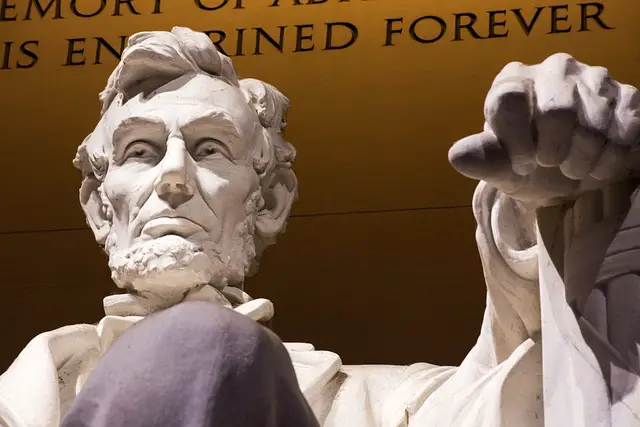
The South seceded and this led to the American Civil War. The anti-slavery North of America was decisively successful in this civil war, this led to slavery being abolished and changed the outlook of the southern states towards it, which changed them permanently.
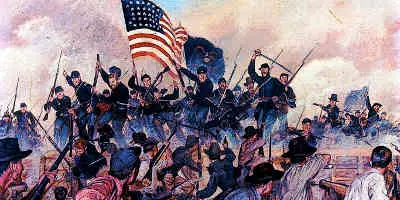
Labor Unions and Labor Rights
With the rise of industrial development, labor unions also came into being. Labor unions lobbied for fair wages and rights. In doing so, they often came into conflict with large companies and businesses.
Many labor organizations, such as Knights of Labor, came into being during 19th century America.
They used tools such as strikes and boycotts to secure their rights. On the other side, industrialists hired strike-breaking thugs to counter these measures. In many cases, law enforcement agencies sided with the industrialists and broke up the strikes, arresting the workers.
Labor rights remained a hotly contested issue during the later part of the 19th century. It was also partly responsible for the rise in the popularity of socialism in some sections of the population.
